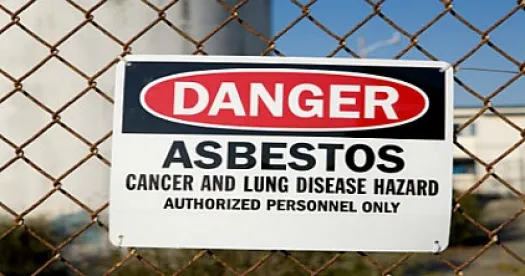It’s probably common knowledge to even a novice product liability practitioner that a manufacturer can be held liable for a defect in a component part supplied by another company that is integrated into the manufacturer’s end product. After all, under most commonly held notions of product liability law, the product manufacturer is subject to liability for a defect even when the defect arises solely from a flaw in a component part manufactured or supplied by another company. By accepting the component from the supplier and integrating it into the manufacturer’s product, the manufacturer effectively “buys” any liability for a defect that may come with the component. Public policy requires the product manufacturer to make sure that it uses components supplied by reputable companies that are designed with safety in mind. The manufacturer is in the superior position to ferret out defective components and to avoid their use. Since the manufacturer realizes the benefits (i.e., profits) from marketing the product, it should also be held to answer for any product defects, even those from a component part it did not manufacture.
Under what circumstances, however, may a product manufacturer be liable for a defect in a product that it did not incorporate as a component into its end product? New York’s highest court, the Court of Appeals, recently weighed in on this question in a decision on two appeals emanating from New York City’s ongoing asbestos litigation. The Court held that a product manufacturer, in some circumstances, may indeed have a duty to warn about dangers inherent in using its product in conjunction with a third party’s defective component.
Both cases (Dummitt v. A. W. Chesterton; Suttner v. A. W. Chesterton) involved innocuous valves that were manufactured by Crane Company. The valves were sold by Crane for use in various industrial applications in conjunction with asbestos-laden gaskets and packing that Crane did not manufacture and supply. Plaintiffs Ronald Dummitt and Gerald Suttner both contracted mesothelioma after working at their jobs with the Crane valves throughout most of the 1960s and 1970s. They sued Crane, among many other companies, and won large verdicts against the defendants. Crane appealed the verdicts, arguing that it had no duty to warn about the use of its valves in conjunction with the other company’s asbestos-filled gaskets and packing made by third parties. Citing well-known cases such as Rastelli v. Goodyear Tire & Rubber, 79 NY2d 289 (1992) for the general proposition that a product manufacturer had no duty to warn about the dangers of third-party products, Crane asserted that it did not control the production of the asbestos-containing adjuncts to its valves and certainly had not placed them into the stream of commerce.
In rejecting Crane’s arguments in both appeals, the Court of Appeals held that a product manufacturer has a duty to warn of the danger arising from known and reasonably foreseeable uses of its product in combination with a third-party product, which, as a matter of design, mechanics or economics, is necessary to enable the manufacturer’s product to function as intended. The Court noted that a product manufacturer may have a duty to warn where it is in a “superior position” to know about the hazards of combining the two products, especially where the manufacturer’s product is “durable” and the third-party product is a “wear item” that is prone to periodic replacement. The Court noted that the Crane valves “could not practically function” without the gaskets and packing, and that the company’s drawings for the valves specified the use of asbestos-based components.
The Court went on to cite evidence in the underlying litigation that suggested that Crane knew about the dangers of asbestos as early as the 1970s, yet issued no warnings with respect to its own asbestos-containing end-products until many years later. The Court also drew upon several lower court decisions upholding a duty to warn under various circumstances, concluding that its decision “adds but a note to a familiar anthem in failure-to-warn jurisprudence.” In effect, the Court agreed with the plaintiffs’ position that Crane’s strong interest in its customers’ use of third-party asbestos-based products constituted an “indirect” role by Crane in the distribution of the gaskets and packing sufficient to overcome the Rastelli precedent.
What should one make of this latest foray into failure-to-warn law? Based on the Court of Appeals decision in Dummitt and Suttner, may a manufacturer of a car battery be liable for defective jumper cables that it did not manufacture and sell if they induce the battery’s explosion and subsequent injury to the plaintiff? May a tire manufacturer be liable for injuries caused by a defect in the wheel into which it is incorporated? By virtue of Dummitt and Suttner, these questions take on greater significance given the rather revolutionary notion now more prevalent in New York that a manufacturer can indeed be held liable for defects in a product it did not design, manufacture or sell. While a manufacturer’s exposure may be circumscribed by the rather rare fact patterns described by the Court of Appeals, the door has nonetheless been opened for a more revolutionary look at a long-held notion of product liability law.



 />i
/>i
